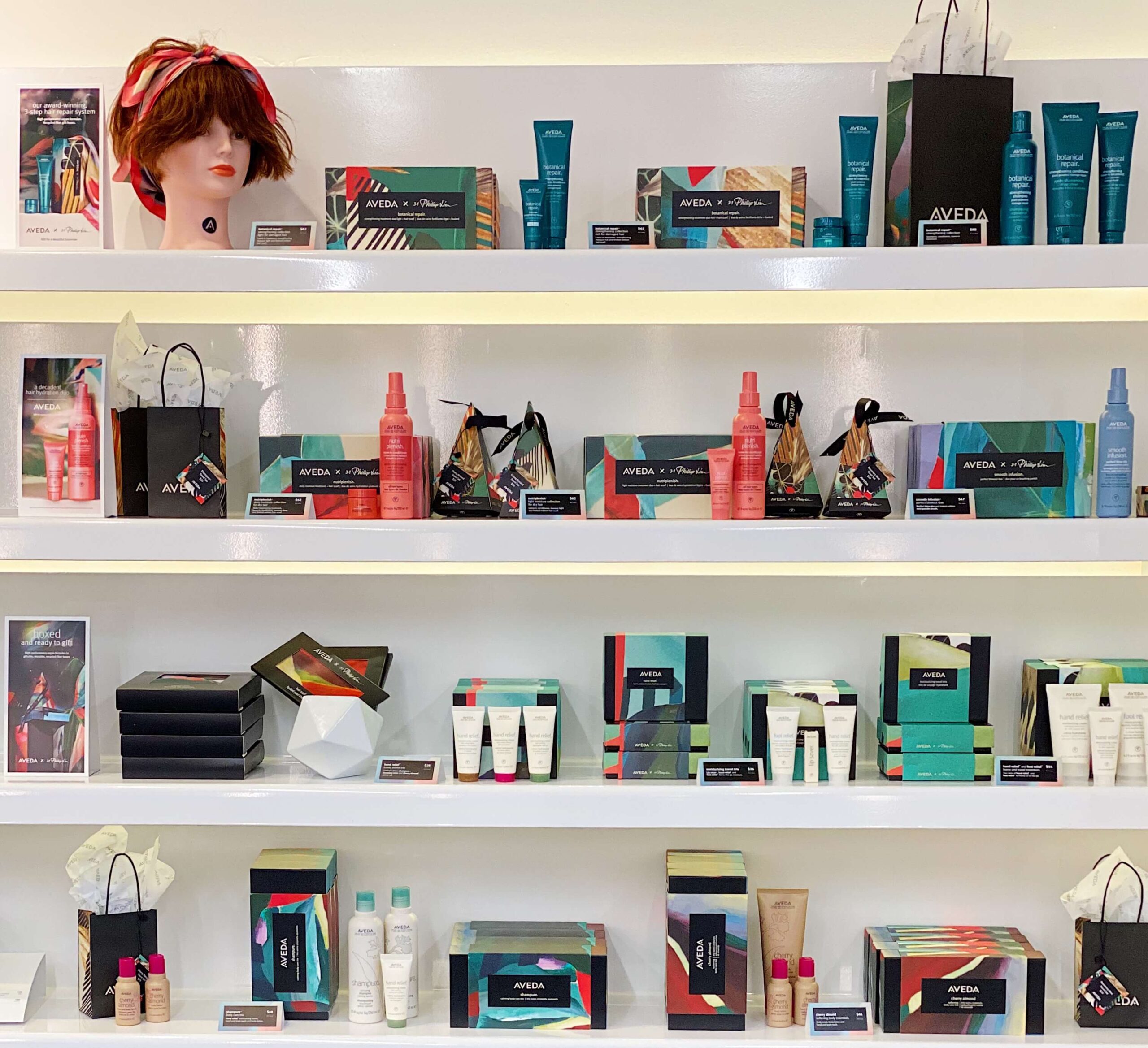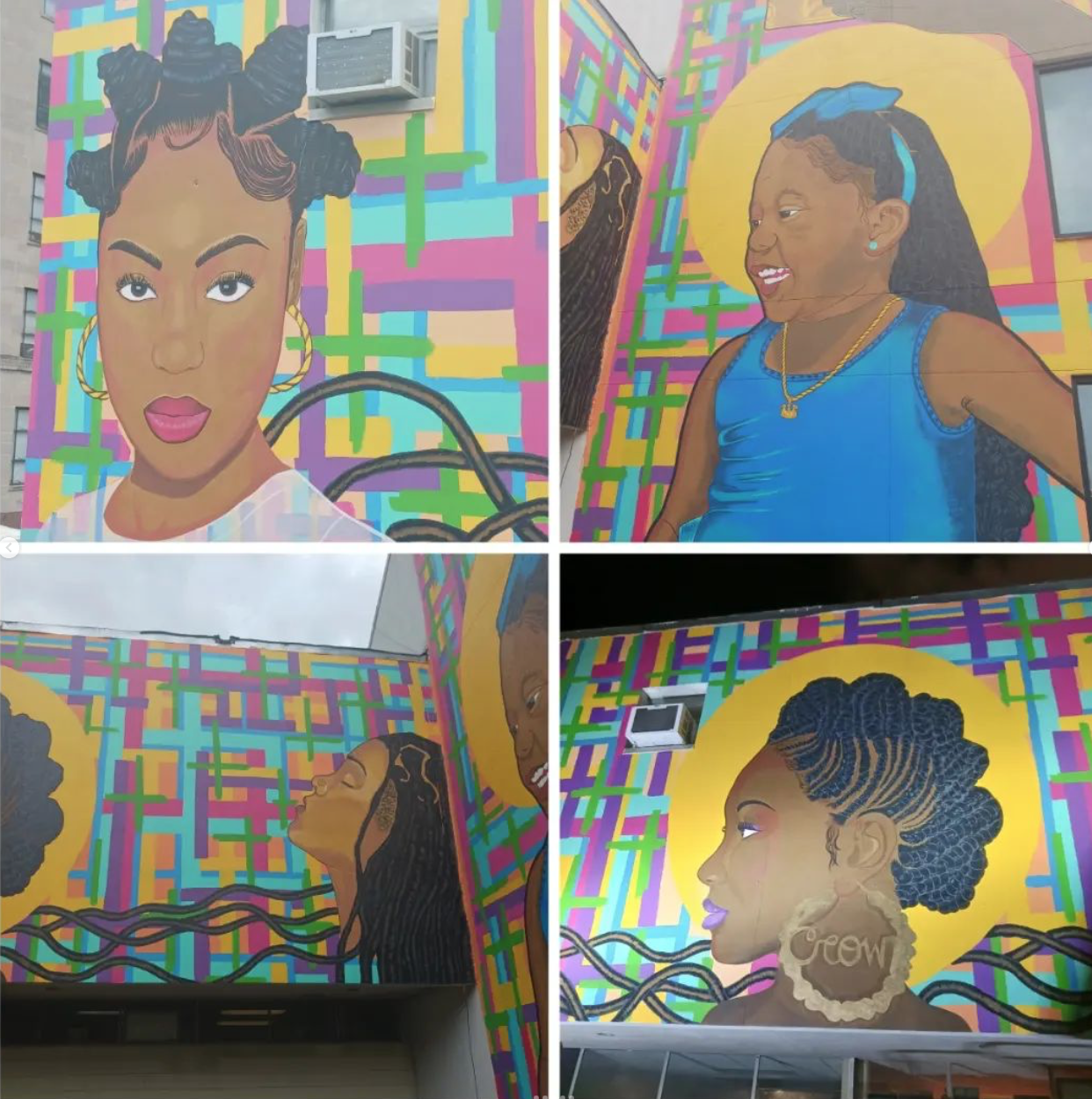Pinterest Natural Beauty Tips You Should Not Try!
Pinterest, one of our very favorite ways to fill a lazy afternoon or lunch break, is brimming with DIY home beauty remedies for achieving glowing skin and healthy hair. Some of these tips are fantastic and land themselves on our own beauty boards—but some of them have sent us running to the comment section, frantic to implore that anyone and everyone reading please not do this to themselves.
Just because it’s a wholesome ingredient that you feel comfortable consuming (or, you know, using to scrub your countertops) doesn’t mean it belongs in your beauty routine. As Aveda-devoted professionals, we understand the lure of all things natural, but natural does not always mean effective — or safe. We’re looking out for you and your locks.
1. Apple Cider Vinegar and Baking Soda
Any beauty-centered Pinterest page inevitably contains a pin proclaiming the wonders of going “No ‘Poo.” They’ve often swapped it for a combo of apple cider vinegar and baking soda. We hate to be the bearers of bad news, but these things are much better left in your pantry.
Not to get too chemistry class on you, but baking soda is an incredibly alkaline irritant, meaning it strips hair of its natural oils — and also disrupts the pH of your hair, leading to damage and brittleness. Apple cider vinegar (ACV) is highly acidic, making it similarly problematic in the pH department. It can also bring out brassy tones in darker hair color.
Shampoo strips some of your hair’s oils, yes, but it also replenishes them. Choose shampoos with natural oils, like buriti (found in Aveda’s Dry Remedy line) that are specifically chosen for their nourishing properties. And as a rule of thumb, ask a hairstylist before using anything that seems like it belongs in a science experiment.
2. The Olive Oil Hair Treatment
This one isn’t totally baseless. Olive oil is great for trapping moisture in, which is good news if you already have luscious, hydrated hair — but not so good if you’re looking to get it. (And, if you’re considering dousing your scalp with the same stuff you use to dress your kale, we’re guessing you probably are.)
Dry hair needs products that add moisture and create a protective barrier. The good news is, you have plenty of viable options for making sure this happens. Committed to moisturizing with an oil? Dry Remedy Moisturizing Oil is one of our personal favorites, and coconut oil is a solid from-the-pantry option. As a bonus, neither of these will leave you looking greasy and unwashed, which we know from personal experience is an unfortunate side effect of the olive oil mask. It’s really hard to wash out.
3. Lemon Juice to Cure Dark Spots
Time for another foray into chemistry! (Sorry, everyone.) With a pH of 2, lemon juice is a highly acidic substance. That means that putting it on your skin can cause irritation and redness and disrupt the acid mantle, allowing bacteria into your pores.
Most horrifying of all, when exposed to sunlight, juices from citrus fruits like lemon and lime can inflict a condition called phytophotodermatitis, or “margarita burn”. Sounds fun, right? Wrong. It’s actually a chemical reaction that varies in severity from rashes to blistering second-degree burns. No thank you.
4. Baking Soda to Exfoliate/Get Rid of Blackheads
We’re reluctant to hate on baking soda so much, since it’s a great, time-tested product with about a million uses. Unfortunately, exfoliating shouldn’t be one of them. Again, the pH level of the stuff makes it problematic when applied to the delicate skin on your face. Manually exfoliating can also cause irritation, redness, and damage when done incorrectly.
You’re much better off choosing a product specifically formulated for use on your face. (Aveda’s Tourmaline Charged Exfoliating Cleanser is a great option with exfoliating jojoba beads AND nourishing mango butter.) And as for those stubborn blackheads? Your best bet is a facial with a professional esthetician, who can properly extract them for you.
5. Mayonnaise Hair Mask
Yup, this is reallysomethingpeopledo. Taking aside the fact that we have it on good authority that this attracts bees, this isn’t the most nourishing — or fragrant — option for treating your tresses.
We’ll give mayo this: it contains soybean oil, a vehicle for good-for-your-hair Vitamin E, and egg yolk, which features potentially nourishing oleic acid and Vitamins A, D, and E. However, it also contains vinegar and lemon juice — and we’ve already covered why those really have no place in your beauty routine.
Not to mention, it’s mayonnaise. In your hair. Mayonnaise in your hair. Don’t make us say it again.
The Bottom Line?
Remember that cosmetic chemists are extensively trained to incorporate safe and effective formulations of many ingredients in your beauty products. If it’s not specifically formulated for use on your hair or skin, always ask a hair stylist or esthetician before trying it out. If you’re seeking guidance, you can always post on our Facebook page or give us a ring — we’re more than happy to help.



